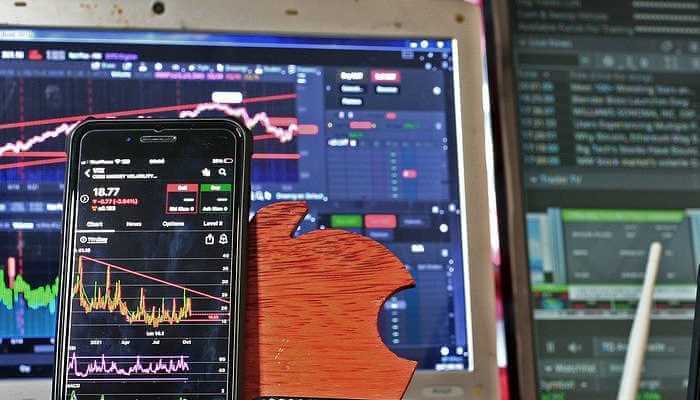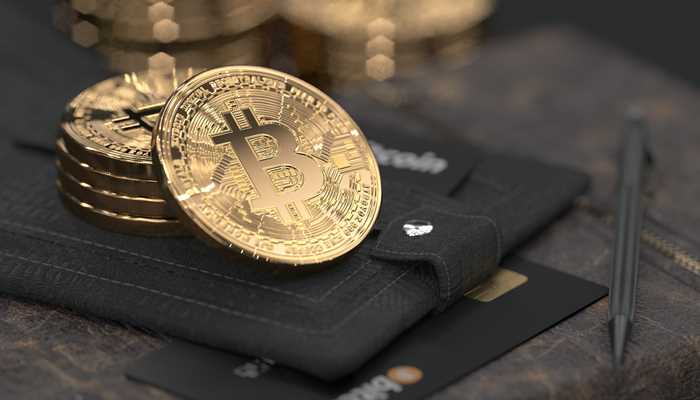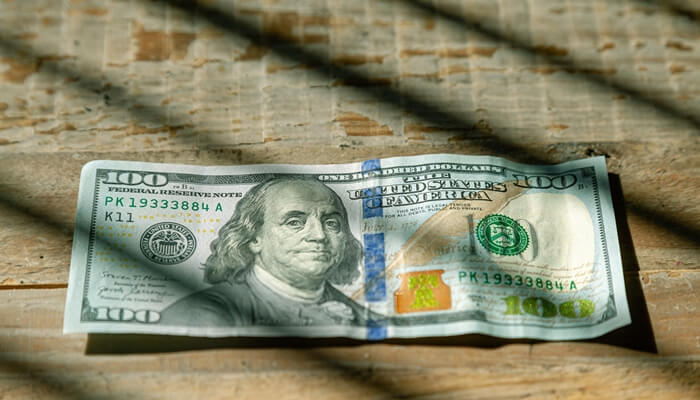What Is An NFT? Crypto’s Latest Craze, Explained
A picture of a pixelated man for half a million. A picture of a clip art rock for a full million. An art collage for nearly $70 million.
The world of NFTs is big, wild, and overwhelming. It’s normal to be at a loss when you can copy and paste the things people are buying for millions.
But worry not: by the end of this 6-minute explainer on NFTs, you’ll have learned all there is to know about the crypto world’s latest obsession.
What is cryptocurrency?
You must know about cryptocurrency before you can understand the excitement around NFTs. A cryptocurrency is a form of digital money that you can use to buy and sell goods, keep accounts, and invest in or trade.
Unlike traditional fiat currency, cryptocurrencies aren’t issued or regulated by governments and banks. Instead, users govern the currency using a blockchain database. A blockchain is simply a record of transactions (aka a ledger). What makes it interesting? It’s simultaneously updated and approved on a global network of independent computers.
Records on the blockchain are distributed and secured by advanced cryptography. So, once a transaction is approved and recorded, it’s impossible to manipulate or alter. That feature is crucial since it’s what makes NFTs possible.
What are non-fungible tokens?
NFT stands for non-fungible token. These are one-of-a-kind (or sometimes limited edition) digital assets that live on the blockchain and transact with cryptocurrency. There are a lot of terms there, so let’s unpack:
Understanding Crypto Tokens
First, let’s figure out what tokens are — a crypto token is a subcategory of cryptocurrency. Typically, a crypto token can hold the value of an asset or perform certain functions for the owner. Cryptocurrencies like Bitcoin and Ethereum are native to their own blockchain, whereas crypto tokens live on existing blockchains.
The difference between a cryptocurrency and a crypto token is like the difference between U.S. dollars and arcade tickets. Both have value, but the latter serves a specialized purpose.
Why does this matter? The key comes from understanding fungibility.
Understanding Fungibility
If you can replace one object with another identical thing, and there’s no change in value, your object is fungible. This concept most commonly appears with money and commodities: one dollar bill equals another dollar bill, one barrel of oil equals another barrel of oil, etc.
Non-fungibility is when you have something unique. Think diamonds, paintings, or limited edition baseball cards. You can’t simply trade a Leonardo Da Vinci for a Monet — you’d first need to convert the value of each into some kind of currency. NFTs are the same.
NFTs can be any kind of digital asset (file). Images, music, 3D models, and most commonly, digital art (more on that later). Once ownership rights to that asset are recorded on the blockchain, you create an NFT. You’re simply transferring proof of ownership when you buy or sell an NFT (maybe for millions of dollars). Sure, anyone can copy-paste the file, but that’s akin to owning a van Gogh print vs. an original piece.
So that seems pretty straightforward, but why all the hype right now? We can tackle that question by looking at some NFT use cases.
Applications of NFTs
Digital Art
NFTs have been around for a while, but they seem to have first captured the public interest when digital artist Beeple sold a compilation of his first 5000 artworks in a Christie’s auction for $69 million. This one sale has put him in the top three rankings for most valuable artists alive.
Since then, countless digital artists have leveraged NFTs to make a living off their work. Examples include artists like Kevin Abosch and Blake Kathryn.
NFTs can come with bonuses that unlock when you buy them. Beyond images, musical artists have used this feature to hop on the NFT train too. Tory Lanez released 450 NFTs for a few of his songs, where token owners received a virtual meet and greet with the artist. His collection earned him half a million dollars.
Community Formations
Some NFTs are sold in collections, like the CryptoPunks or the Bored Apes Yacht Club. Both of these groups are filled with illustrated avatars that have sold for thousands of dollars. In many cases, these NFT owners will form communities around their tokens. This could be as simple as joining an exclusive Discord server or more involved events and meetups.
Recently, NFTs have also been used as tickets to media: an animated show starring Mila Kunis, Chris Rock, and Vitalik Buterin (creator of Ethereum) is only accessible to people who own the show’s NFTs.
Investments
NFTs represent a massive opportunity for buyers and collectors to multiply their investments by 5, 10, even 100x. The Ether Rocks collection (which is a group of drawings of rocks) has seen NFTs sell for over a million dollars. Earlier in 2021, NBA Top Shot created NFT collectibles for game-defining moments.
In the same way that you invest in a famous painting, a rare baseball card, or a diamond, you can invest in an NFT. Want to learn how?
How to buy or sell a non-fungible token
NFTs are bought and sold on NFT marketplaces. Some of the most popular ones include:
- OpenSea
- Rarible
- Foundation
- SuperRare
Most NFT art is minted on the Ethereum blockchain. To buy NFTs, you need to connect your cryptocurrency wallet to the Ethereum mainnet. After you’ve loaded your wallet with Ether, you’re ready to shop around for an NFT. Typically, the sale will be made auction-style, so you’ll have to place a bid. If you win, ownership rights of that NFT are transferred to your wallet.
These marketplaces also let you create your own NFTs. You can decide if you want to hold an auction or set a fixed price, whether or not you’d like to include unlockable content, and more.
Cryptocurrency investing doesn’t have to be complex
The NFT craze has shown many people that they can make some serious money with crypto. Unfortunately, most NFTs are becoming increasingly more out of reach for people like us.
If you’d still like to profit from the crypto market anyway, Dan Hollings’ The Plan is an incredible tool to help. Over three years and millions of dollars, Dan has perfected the crypto bot trading strategy to turn crypto market volatility into a passive income machine. Curious to learn more? Check out The Plan HERE!
Frequently Asked Questions
What is an example of NFT?
An NFT can be any digital file. The most well-known is likely Beeple’s The First 5000 Days a collage image of his works. Videos and GIFs can also be NFTs, like the Nyan Cat that sold for almost $600,000. Even a Jack Dorsey Tweet can be an NFT.
What does it mean to own an NFT?
Owning an NFT means possessing rights to a specific digital good or collectible that resides in your crypto wallet. It also means you can use or resell that NFT however you’d like. Your ownership is recorded and secured using blockchain technology, so that your possession cannot be contested.
How do you make an NFT and sell it?
After you’ve created a digital asset, you need to create an account on an NFT marketplace like OpenSea. Once you’re there, you’ll upload your file and create your desired settings. Minting your NFT (recording its ownership on the blockchain) requires money, so you’ll need to load your wallet with some cryptocurrency (usually Ether) first.







